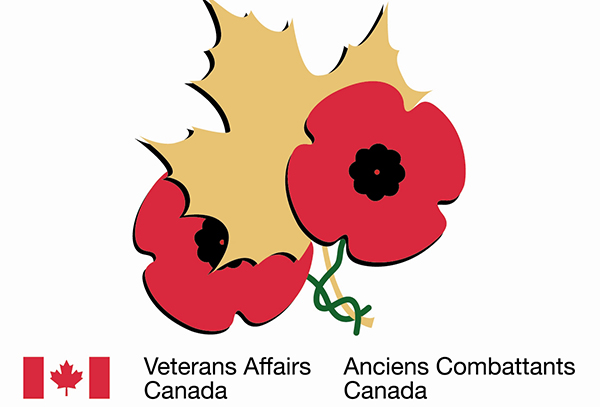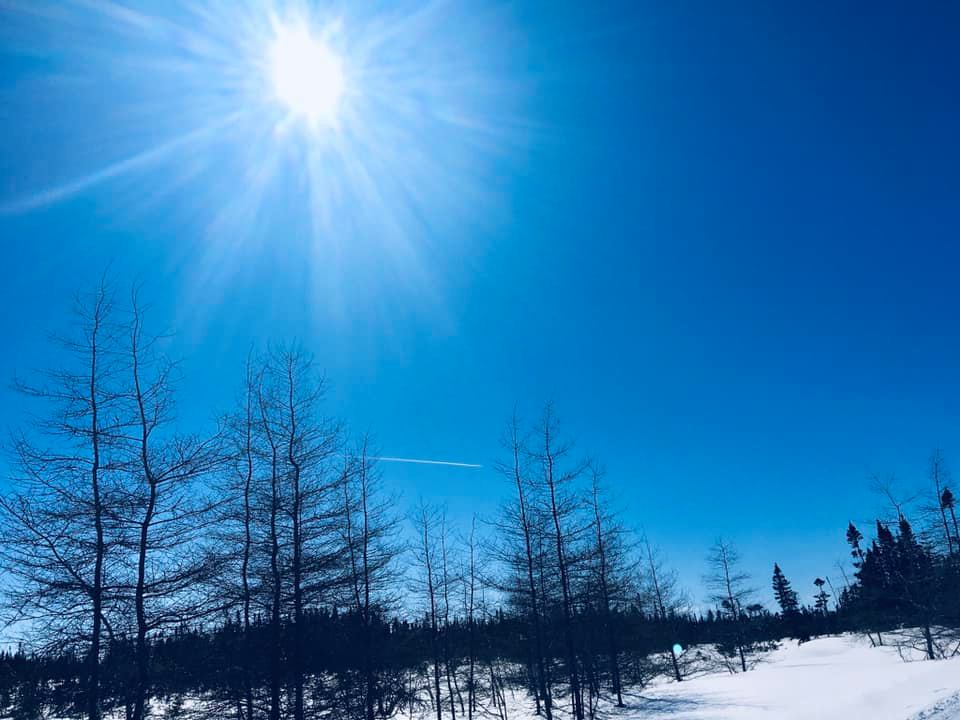
First and foremost - if you have the chance to get outside and enjoy a day like this - GO!! Your mental health is as important as your physical health! And remember - we talked about the sun's positive effects on us:
- Vitamin D (the sunshine vitamin!) helps bind the calcium to your bones
- Helps you sleep better
- Protect against SAD - Seasonal Affective Disorder by producing a chemical in your brain called serotonin.
- Moderate amounts can help protect against farsightedness - but be careful!! Snow blindness is a real thing!! Always protect your eyes
- Less than 15 minutes a day MAY help reduce the effects of skin disorders like eczema, psoriasis and vitiligo. BUT - ALWAYS protect your skin with a good sunscreen - even in winter.

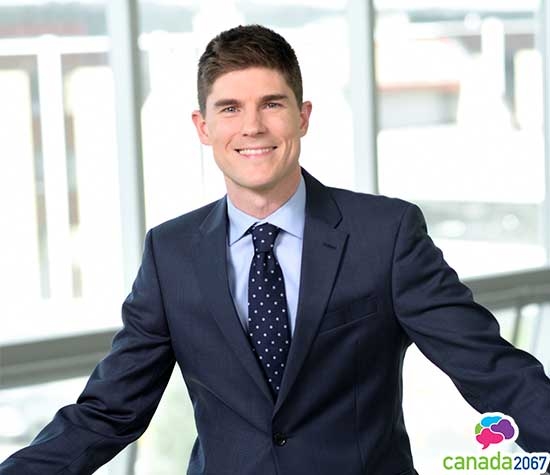
How do we see? How do glasses or contact lenses work?? (resource from Let's Talk Science)

Most people would say that we see through our eyes - and we call that vision. However, in reality, it is way more complicated - and doesn't just involve our eyes - our brain is also really important. Light enters the eye through the cornea. This light passes through the pupil, which can contract (close) and expand (open). This controls the amount of light that enters the eye. The light then passes through the lens, which helps to focus the image. Finally, the light hits the retina at the back of the eye, which is made of several different types of cells. There are two main types of cells - cones and rods. Cones are heavily involved in colour vision. Rods are very important for seeing movement, but only transmit information to the brain in black and white.
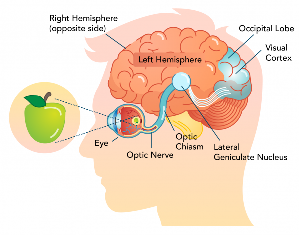
Questions:
What is the retina? How are the main types of vision issues? How are they alike? How are they different?
Research:
What careers are associated with vision? How many can you name??
* * * * *
(Unit 1: Water Systems)
Let's learn about global warming and greenhouse gases (resource from University of Colorado PHet Simulations)
We have all heard about the greenhouse effect - or global warming as it is more commonly referred to now. According to NASA kids, the greenhouse effect is a process that occurs when gases in Earth's atmosphere trap the Sun's heat. This process makes Earth much warmer than it would be without an atmosphere. The greenhouse effect is one of the things that makes Earth a comfortable place to live. Gases in our atmosphere tend to trap heat and keep it in our atmosphere. The more gases, the more heat gets trapped and the warmer Earth becomes. Since the COVID-19 pandemic, NASA has recorded some interesting images with regards to the amount of NO2 gases present over China from January to February 2020.
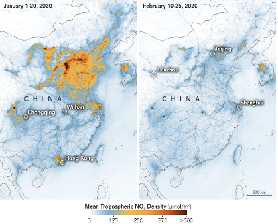
The Benefits of Going Outside (Resource from Let's Talk Science)
Right now our world is so different than it was 5 weeks ago - everything that we knew as "normal" is now not, and our parents, government officials and media talk about a "new normal". However, one thing that they all seem to agree on is that exercise and going outside is super important right now. Why is that?
The physical benefits of exercising outdoors are simple - people perceive that outdoor activity is easier (I can attest to that! I'd rather do a 16km hike up a steep mountain than spend 10 minutes on a treadmill!). There is also no TV outside and people tend to actually move more while outdoors.Therefore, people tend to be active more when they are outdoors than indoors - Simple!
The physiological benefits of being outside are different: "Do you ever find yourself stressed out? Many of us experience this feeling from time to time. Luckily, there are a number of things we can do to relieve it. For example… you guessed it! Going outside. Scientists can measure an individual’s stress levels through changes in blood pressure, heart rate, and how quickly we breathe in and out (our respiration rate). Measurements of these three things tend to be higher when we get stressed out, and lower when we relax. When we spend even a little bit of time in a natural environment, these three measurements tend to drop. That means just a little time in nature can help de-stress you! If you suffer from stress often, try adding a little time outside into your daily routine. Studies suggest this can help your overall emotional well-being. And if you do feel anxious or depressed regularly, spending a bit of time outside can make these symptoms a little less severe."
So - in this time of COVID-19 pandemic, most of us are feeling some stress due to all of the changes: working at home, doing school at home, families that are together ALL THE TIME, can't see our friends, loss of our activities, not knowing when this will end etc.There are SO many changes that we all are dealing with that can cause lots of stress for us and our families. Dr Haggie always says during his news briefings that "Now is the time" - now is the time to get outdoors and start to breathe in the fresh air to make us feel good.

Questions:
What causes me to be stressed? What can I do to lessen my stress? How does my body respond to stress?
Research:
Who is Dr Haggie? Which body systems are impacted when stressed? How can we measure stress levels?
* * * * *
(Unit 1: Our Earth)
So much to learn all in one spot!

Thermal radiation
Conduction
Convection
The little tiny things that make up life are called cells. There are two main types of cells: Plant and animal cells. If you study cells in depth, you will find that there are all kinds of different cells - but we are going to keep it simple.Scientists eventually discovered 3 main things all cells have:
All organisms (living things) are made up of one or more cells.
The cell is the basic unit of structure and organization in organisms.
All cells come from preexisting cells.
This is called Cell Theory. It took a few steps and a few scientists to come up with this theory.You can watch the video below to see just how many scientists it took!
The story of cell theory started in the Netherlands in the 1600s. There, a spectacle-maker named Zacharais Janssen is said to have invented a compound microscope. A compound microscope uses two lenses. One lens is close to the object being viewed. This is called the objective lens. The other lens is close to the viewer. This is called the eyepiece. Microscopes became extremely popular among scientists!
If you watch this video you will discover even more bizarre and interesting facts about cell theory and microscopes.
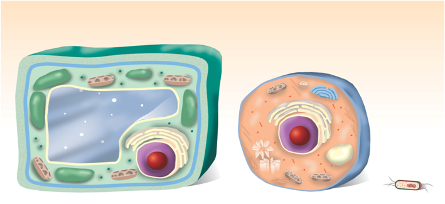
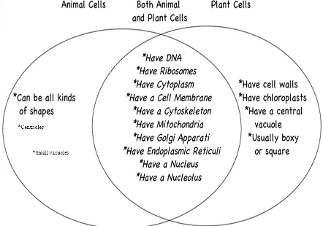
Unit 4: The (Dog) Body
How do dogs "see" with their noses? (With resources from TedEd and PBS NOVA)
You might remember me talking to you about my poor puppy, Maddie, who is 14 years old, "selectively" deaf and almost fully blind. Despite all of this, she sometimes gets into trouble. Yesterday, she managed to find some leftover Easter Chocolates that were high upon a table (keep in mind that she has never been good at jumping either!). You can guess what she did - yep! She pulled them down, ripped all the foil off and ate them.
Sooooo..... How did Maddie manage to see those chocolates when she is blind???
This is what I learned!!
For starters, a dog's sense of smell is way better than ours - 10 000 to 100 000 times better to be exact! "Let's suppose they're just 10,000 times better," says James Walker, former director of the Sensory Research Institute at Florida State University."If you make the analogy to vision, what you and I can see at a third of a mile, a dog could see more than 3,000 miles away and still see as well."
So, what do dogs actually have that we don't that allows their sense of smell to be THAT good?? For one thing, they possess up to 300 million olfactory receptors in their noses, compared to just six million in humans. And the part of a dog's brain that analyzes smells is 40 times greater than ours.
Dogs' noses also function quite differently than our own. When we inhale, we smell and breathe through the same airways within our nose. However, in dogs, as air enters the nose, a small fold of tissue divides it into two separate folds, one for breathing and one just for smelling... "We found that when airflow enters the nose it splits into two different flow paths, one for olfaction and one for respiration," says Brent Craven, a bioengineer at Pennsylvania State University. Besides being much more powerful than ours, a dog's sense of smell can pick up things that can't even be seen at all.
In us humans, the sense of smell is relegated to a small region on the roof of our nasal cavity, along the main airflow path. So the air we smell just goes in and out with the air we breathe. In dogs, about 12 percent of the inspired air detours into a recessed area in the back of the nose that is dedicated to olfaction, while the rest of the incoming air sweeps past that nook and disappears down through the pharynx to the lungs.
When we exhale through our nose, we send the spent air out the way it came in, forcing out any incoming odors. When dogs exhale, the spent air exits through the slits in the sides of their noses. The manner in which the exhaled air swirls out actually helps usher new odors into the dog's nose. More importantly, it allows dogs to sniff more or less continuously.
Questions:
Dogs can smell separately with each nostril. This is an advantage - why?
How big is a dog's sense of smell compared with that of a human?
What is the difference between olfaction and respiration?
Research:
Are all dogs equal with regards to sense of smell? Which breeds may be better at smelling? What types of things do humans depend on a dog's sense of smell for?
- Cells
- Tissues
- Organs
- Systems
- Organism
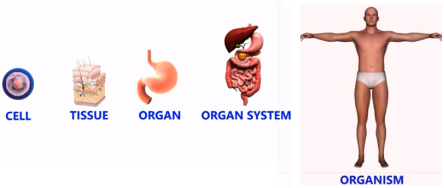
What does a ‘hypoxic’ cell environment mean?
Research:
There is a lot of talk in the news about the earth’s atmosphere, and increases in carbon dioxide that may be causing global warming. How does the amount of carbon dioxide or oxygen in the air affect humans, or even animals and plants? What are the health effects of breathing polluted air, and who is most vulnerable?
Observe how different types of animals breathe (fish, reptiles, amphibians, mammals). What is the connection between an animal’s breathing mechanism and the environment it lives in (water, earth, air)?
What sort of obstacles in our current health systems and supply chains prevent ventilators from getting where they’re needed? How could this be changed?
Questions:
What is an advantage of growing artificial organs?
What is a disadvantage of growing artificial organs?
What other organs do you think scientists should try to grow? Why would they be necessary?
Ethical:
Should artificial organs/body parts be available for plastic surgery at a price?
Would you put an artificial organ in your body? Explain your thoughts.
What are some possible ethical issues with growing artificial organs?
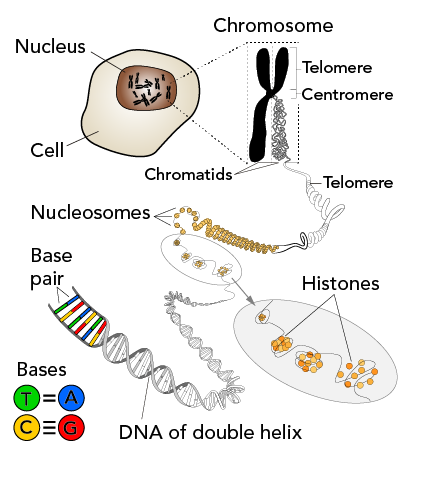
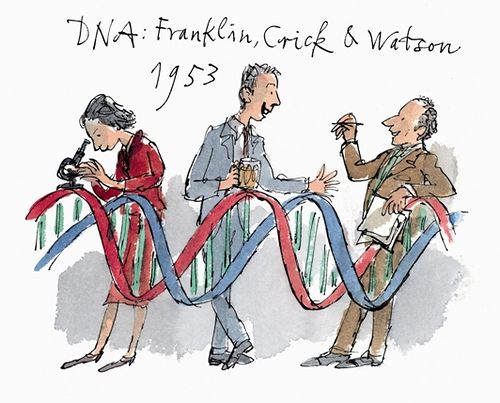
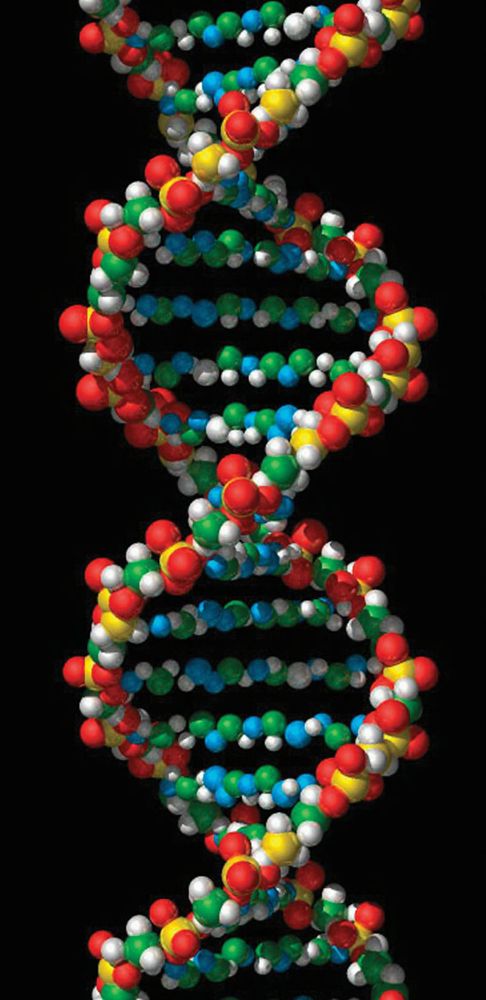
Questions:
What is the difference between DNA, genes and chromosomes? What is heredity? How is DNA structured?
Research:
* * * * *
(Unit 4: Reproduction)
(Unit 4: Reproduction)
What happens when your DNA is damaged?
The instructions for fixing our DNA are found in the nucleus of the cell and it tells the cell which proteins to make for the organism. It is hard to believe but your DNA is constantly replicating - it actually gets damaged tens of thousands a time per day!!!! Because DNA provides the blueprint for the proteins your cells need to function, this damage can cause serious issues—including cancer. Fortunately for us, our cells have ways of fixing most of these problems, most of the time. Sometimes there are changes in the cell's instructions and the DNA gets mixed up - when it is replicated it is not an exact copy, which means that problems can occur. This is called a genetic mutation. Some mutations can be positive mutations and actually help an organism survive. Other mutations can be negative and can be dangerous to the survival of the organism or species. Substances outside of the body can also cause mutations. Anything that causes mutations are called mutagens.
Questions:

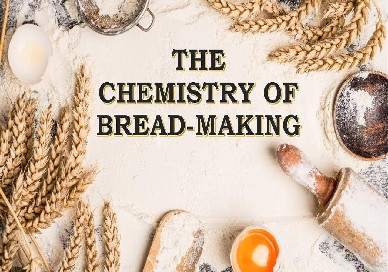
Sciences humaines 9
(Unit 5: Citizenship)
Rights and responsibilities of Canadians
On Sunday, March 22, 2020, Prime Minister Trudeau took time to speak to the children of our country concerning COVID-19 and social distancing (link found here: https://www.facebook.com/GlobalNews/videos/299940304303977/).
Questions:
How does what you know about rights and responsibilities and the Canadian Constitution apply to what Prime Minister Trudeau is asking us to do? If you don't remember check out your citizenship guide!
Research question:
People have been talking about invoking the Emergencies Act (formerly known as the War Measures Act. What is it, when was it created and what would be it's purpose in this situation?
* * * * *
(Unit: World War II)
Unfortunately we are not going to be able to have great discussions on WWII, but I really, REALLY - did I already say REALLY??? want you to read through your notes to have some understanding of our history. This is a topic that will probably be of interest to your parents as well!! Over the next little while, I'll post some discussion and research questions along with some video links that I REALLY want you to watch. If you have any questions - send them to me and I will answer them directly here.
The Memory Project - The Canadian Encyclopedia
Did you know that during the second world war, Canada was home to some pretty amazing women - they had top secret jobs and were swore to secrecy at all costs! They were called Codebreakers. What about the role of Indigenous people.
You can listen to the stories of these women or Frank Tompkins (a Cree Code Talker), and other incredible stories of heroism and bravery of Canadians in Concentration Camps during WWII by clicking here!
Questions:
What acts of bravery did you note in these podcasts? How did these individuals - and others in the same roles - help Canada and the Allies win the War?
Research:
What were the Cree Code Talkers? What was Camp X?
* * * * *
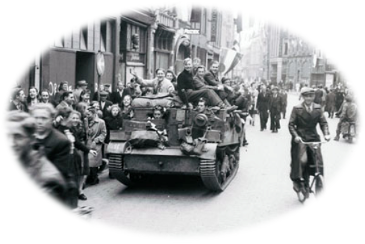

The assault on Normandy, France (a 100 km stretch of coastline across the English Channel from Great Britain), was the largest seaborne invasion in history. On D-Day, the start day of this campaign, a vast naval armada, supported by squadrons of aircraft, bombarded German defences along the Normandy coastline before delivering 156,000 American, British and Canadian troops onto five beaches. The beaches were given code names: Utah, Omaha, Gold, Juno and Sword. Canada was responsible for the 10km section called Juno. As part of this invasion, there were three divisions of paratroopers that were dropped behind enemy lines. The soldiers’ task was to storm enemy-held territory and push inland, securing a coastal landing area from which the Allies could bring in reinforcements, which would help with the liberation of France. The 3rd Division’s objectives on D-Day were to cut the Caen-Bayeux road, take the Carpiquet airport 18 km inland and form a beachhead linking Gold and Sword beaches.This was an extremely difficult task and it was an almost impossible feat to even reach the beaches due to the natural and man-made defences of the Axis power. Below you can see a cross-section of what soldiers faced at Omaha beach.
It would still take almost a year and many sacrifices for the Allied forces to liberate Europe.
Become a part of this public archive by tagging @CanadaDuringCovid and using the hashtag #CanadaDuringCovid on Instagram. We will repost with credit.
Have a private account? Send a direct message! Don't have an Instagram account? Email your submission to covidarchive@historicacanada.
Canada During COVID-19: A Living Archive
How will historians remember this time in history? What does your experience look like? Sound like? Feel like?
@CanadaDuringCovid: A Living Archive invites Canadians to document their experiences and creations during this unprecedented time.

* * * * *
(Unit 4: The Cold War - an introduction)
Resources from The Canadian Encyclopedia and Canada: A People's History
The Cold War (1945-1991ish) was not a war of guns and bombs and mass causalities like WW1 and WW2. Rather, it was a war of the way of thinking. It pitted two different ideologies against each other - democracy and communism. It was the constant idea of "The Red Scare". It touched almost every nation and pitted neighbour against neighbour in some cases as people thought there were spies everywhere - including here in Canada! The Red Scare was found in episode story-lines for some major TV sitcoms of the time (The Chipmunks, The Golden Girls, MacGyver, Murder She Wrote, MASH, The Americans, Magnum PI and many others). It has also been the centre of many major motion pictures of that time period (The Man from UNCLE, James Bond, The Hunt for Red October, The Crimson Tide, Red Dawn, The Invasion USA among many others). In some countries, such as Germany, the divisions were so great the that country was actually split in two and families were physically divided (I'll post more about this later).
Canada had it's own spy ring here and the most famous name is Igor Gouzenko. This is a pretty incredible story and is an important part of our history. The picture below is a very famous image - Gouzenko had to cover his face in order to protect his identity and his family and to save his own life - or he may have been killed.

The Cold War was a also a period of great political tension between The United States and Russia because of the Arms Race and the idea of MAD - Mutually Assured Destruction. Children everywhere were taught "Duck and Cover with Bert the Turtle" as a means of protecting themselves from WHEN the atomic bomb would fall.
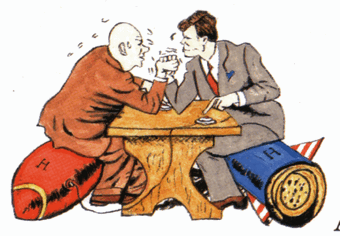
Questions:
What is the difference between Communism and Democracy and why were people so afraid of Communism? What was the Red Scare? Who was Igor Gouzenko and why is he so important to Canadian history?
Research:
Why was the idea of MAD enough to ensure that a war of arms did not actually happen? What were the main countries involved in the Cold War? How did the Cold War start?
Love, Hate and Propaganda II:The Cold War - CBC documentary WARNING: Some of the language and images may not be suitable for all viewers since it uses real video footage from the war.
* * * * *
Unit 4: (The Cold War - North American Defense System)

Questions:
Read the section notes slides 17-23 (under heading Unité 4: Des décennies de changements, La Guerre Froide). What is the DEW system? What does DEW stand for?
Watch the video on NORAD. Where is NORAD headquarters located? Explain the purpose of NORAD.
What was Diefenbunker? Who had access to this? Where is it located?
Research:
Why is NORAD so significant for Canada and the United States?
Visit the NORAD webpage to discover what was so significant for the following dates: July 28, 2006 and May 12, 2008.
Why was it so important that DEW was placed in Canada and not in the United States?
A bit of history in the episode:
The Chipmunks are invited to play in the "Wall of Iron" concert by the Berlin Wall. Once in Germany, Dave explains that the concert is held for the friends and families forced to live with limited freedoms on the other side of the wall. While taking photos, the boys meet a young girl named Caterina. Once she tells them that she communicates with her brother, Eric, who's trapped on the other side, via a soccer ball, The Chipmunks agree to take pictures and sign autographs for him. Alvin promises to rescue him, but the wall guards think they are defecting to the other side much to the dismay of Dave. Eric finds the boys and assists in an escape with the help of a tailor. Unfortunately they are recaptured and taken to the Rock Pile where they are forced to perform rock n roll to show the people that it shouldn't be forbidden. During their performance the wall starts cracking and, by the end, it falls reuniting families. Alvin is awakened by Dave on the plane where he states "it was just a dream, but it doesn't have to be."

Far from the battlefield, far from war
We've got to look for an open door
All of us working
All of us searching for peace
We dream of a time when we all are one
Clinging to hope under Earth's bright sun
So let's get together, things will be better if we try
Hear our cry
Some day the pain of war will be healed
Some day when we can speak what we feel
Let the wall come down, tumble to the ground
And love will live in peace all around
So let's raise our voice so they all can hear
Over the wall they will raise a cheer
All of us clinging, all of us singing the cry
We will try
Some day the pain of war will be healed
Some day when we can speak what we feel
Let the wall come down, tumble to the ground
And love will live in peace all around
Let the wall come down, tumble to the ground
And love will live in peace all around

"9/11 will live long in memory as a day of terror and grief. But thanks to the countless acts of kindness and compassion done for those stranded visitors here in Gander and right across Canada it will live forever in memory as a day of comfort and of healing. You did yourselves proud, ladies and gentlemen, and you did Canada proud."
~ Premier ministre Jean Chrétien ~

The documentary On Native Soil, narrated by Hilary Swank and Kevin Costner, follows the survivors of 9/11 and their families shows the world their quest to push for the 9/11 Commission Report.
The film then explores how the Report was used to study the 9/11 terroist attack and the systemic flaws that "allowed" it to happen.
